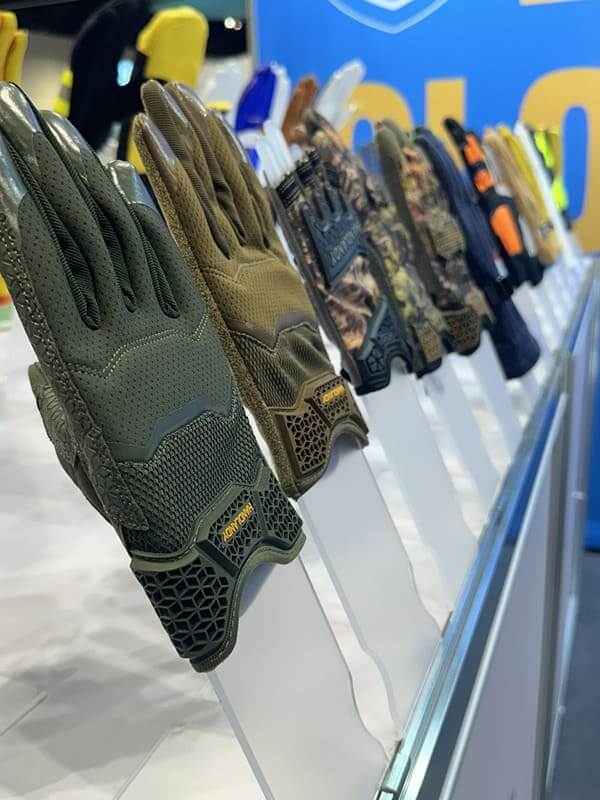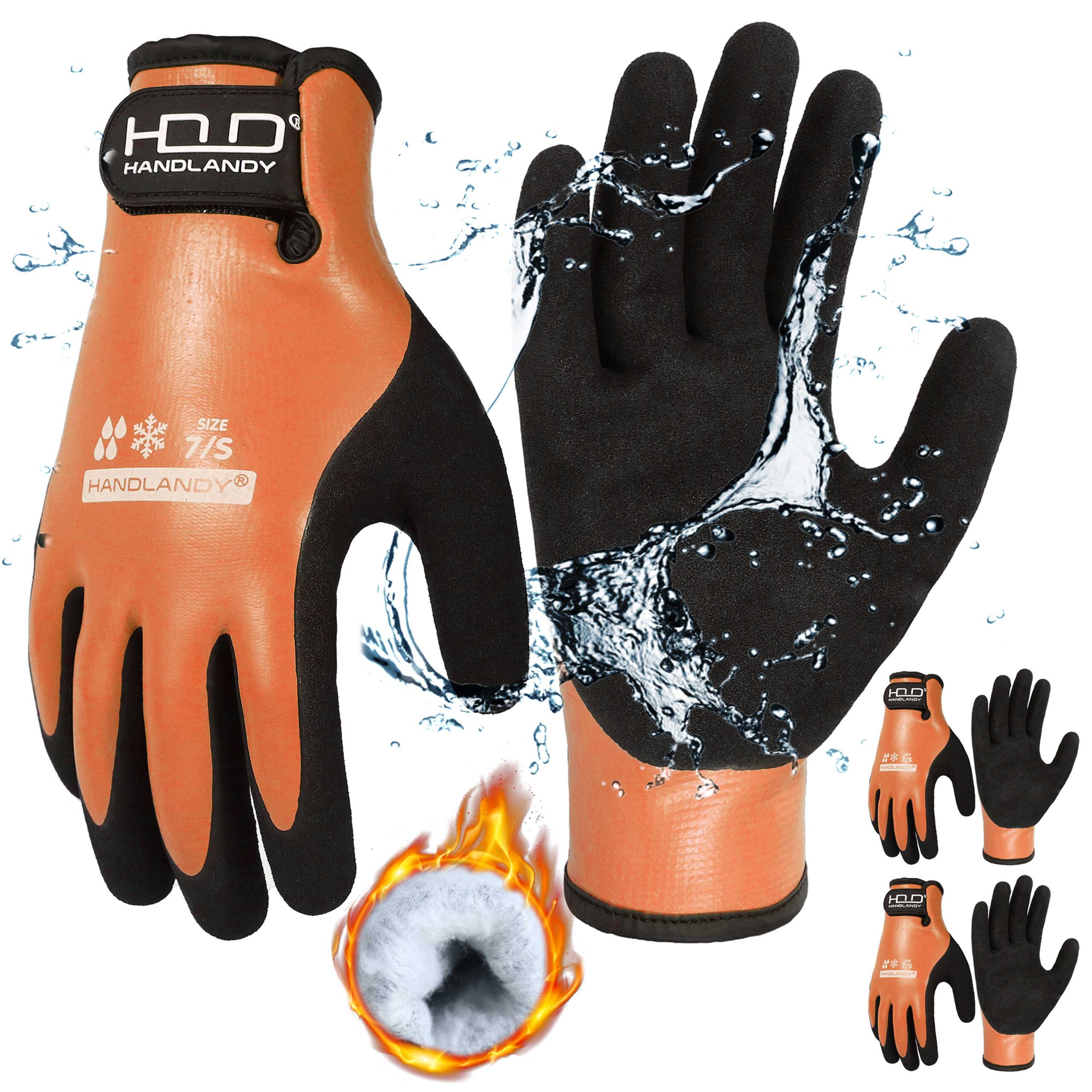The strongest materials for gloves are designed to provide exceptional protection against cuts, heat, punctures, and abrasions, depending on the application. Each material offers unique benefits, making it suitable for specific industries and tasks.
The Strongest Materials for Gloves
The strongest material for gloves depends on the task at hand. Dyneema® and Kevlar® are excellent for cut resistance, nitrile offers superior chemical protection, leather is best for abrasion resistance, and stainless steel mesh provides maximum cut and puncture protection.
1. Dyneema®
- Properties: Dyneema® is known as the world’s strongest fiber. It is lightweight, flexible, and offers excellent cut resistance.
- Best For: Manufacturing, construction, and tasks requiring dexterity with sharp tools.
- Advantages:
- High tensile strength
- Lightweight and breathable
- Comfortable for extended use
2. Kevlar®
- Properties: Kevlar® is a heat-resistant synthetic fiber that provides exceptional cut and abrasion resistance.
- Best For: Glass handling, metalworking, and tasks with heat exposure.
- Advantages:
- Excellent cut resistance
- Can withstand high temperatures
- Lightweight and flexible
3. Nitrile
- Properties: Nitrile is a synthetic rubber material that is highly resistant to punctures, oils, and chemicals.
- Best For: Medical, laboratory, and automotive industries.
- Advantages:
- Chemical and oil resistance
- Puncture-resistant
- Latex-free, suitable for people with allergies
4. Leather
- Properties: Leather gloves, especially those made from cowhide or goatskin, are durable and abrasion-resistant.
- Best For: Construction, welding, and heavy-duty industrial work.
- Advantages:
- Strong and durable
- Offers a firm grip
- Resistant to abrasion and sparks
5. Stainless Steel Mesh
- Properties: Gloves made from stainless steel mesh are unparalleled in cut and puncture resistance.
- Best For: Meat processing, high-risk cutting tasks, and industries requiring maximum protection.
- Advantages:
- Maximum cut and puncture resistance
- Long-lasting durability
- Ideal for high-risk tasks
Comparison Table
| Material | Key Features | Best Applications |
|---|---|---|
| Dyneema® | Lightweight, high cut resistance | Manufacturing, construction |
| Kevlar® | Heat and cut resistant | Metalworking, glass handling |
| Nitrile | Chemical and puncture resistant | Medical, laboratory, automotive |
| Leather | Durable, abrasion-resistant | Construction, heavy-duty tasks |
| Stainless Steel | Maximum cut and puncture resistance | Meat processing, cutting tasks |
Choosing the Right Material
- Assess the Task: Determine the risks involved, such as cuts, chemicals, or heat exposure.
- Match Material to Need: Select a glove material that provides the required level of protection without sacrificing comfort or dexterity.
- Consider Durability: For frequent, heavy-duty use, materials like stainless steel or leather may be more suitable.
Conclusion
The strongest glove material depends on your needs. Dyneema® and Kevlar® are ideal for cut resistance, nitrile for chemical protection, leather for durability, and stainless steel mesh for maximum safety. Always choose gloves based on the specific hazards and tasks to ensure optimal protection and performance.








